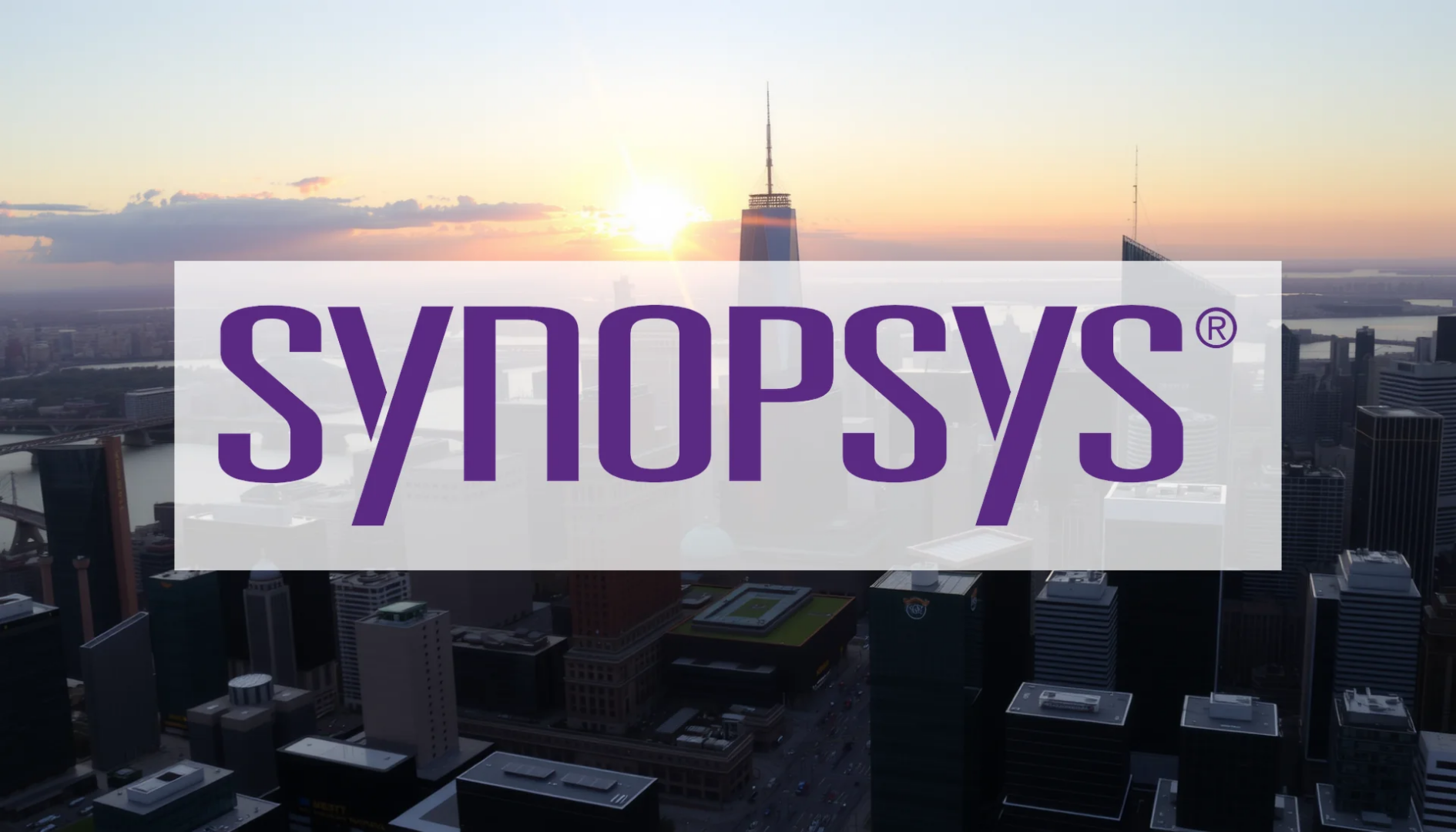The latest financial results from Nvidia have surpassed even the most optimistic projections, creating both astonishment among market observers and growing concerns about potential overheating. While the chip manufacturer reported staggering third-quarter revenue of $57 billion and revealed a half-trillion-dollar order backlog, prominent voices across the technology sector are warning of what they term “irrational excess” within the artificial intelligence market. This divergence of opinion raises a crucial question: is the company approaching its greatest triumph or facing a significant correction?
Unprecedented Financial Performance
Nvidia’s data center division emerged as the standout performer during the third quarter of fiscal year 2026, generating remarkable revenue of $51.2 billion. This figure represents a substantial 66 percent year-over-year increase. The company’s leadership has provided even more optimistic guidance, projecting approximately $65 billion in revenue for the upcoming fourth quarter—significantly exceeding analyst expectations of $61.66 billion. This forecast suggests sequential growth will continue at a robust 22 percent pace.
Chief Financial Officer Colette Kress disclosed that Nvidia has already secured orders valued at roughly $500 billion for its Blackwell and Rubin chip architectures, with delivery timelines extending through 2026. Chief Executive Jensen Huang characterized the market response to Blackwell chips as “completely out of control,” noting that cloud GPUs remain entirely sold out across the board.
Warning Signs From Industry Leaders
Despite the overwhelming positive financial indicators, respected figures within the technology ecosystem have begun expressing reservations about current market dynamics:
- Google CEO Sundar Pichai has identified what he calls “elements of irrationality” in contemporary AI investment patterns
- Sam Altman of OpenAI acknowledges that despite the technology’s long-term potential, investors have become “overly excited about AI”
- Massachusetts Institute of Technology economist Daron Acemoglu cautions against excessive capital allocation to hyped AI models
Financial analysts are increasingly identifying what they describe as “circular investment structures” within the sector. Nvidia’s recent $100 billion partnership with OpenAI serves as a prime example: the chipmaker provides financing to OpenAI, which then purchases Nvidia chips for its computational infrastructure. Similar arrangements exist with CoreWeave, where OpenAI exchanges equity for data center capacity while Nvidia guarantees it will purchase any unused capacity through 2032.
Concentration Risk for Passive Investors
A frequently overlooked risk factor involves Nvidia’s growing representation within major investment funds. The company now constitutes approximately 10 percent of the Invesco QQQ ETF and roughly 8 percent of significant S&P 500 index funds. Furthermore, Nvidia shares feature prominently within 673 different exchange-traded funds. This widespread inclusion means millions of passive investors with retirement portfolios maintain substantial exposure to a single stock, often without explicit intention.
Should investors sell immediately? Or is it worth buying Nvidia?
The chip manufacturer’s quarterly financial disclosures have evolved into macroeconomic events with market-wide implications. Following the most recent earnings announcement, S&P 500 futures immediately surged nearly one percent. This correlation demonstrates how Nvidia’s performance now directly influences broader market movements.
Strategic Exits by Sophisticated Investors
Several notable investors have recently reduced or eliminated their positions in Nvidia, despite continuing strong fundamental performance:
- Peter Thiel’s investment fund completely divested its $100 million stake during the third quarter
- SoftBank liquidated nearly $6 billion worth of shares
- Hedge fund manager Michael Burry has established short positions, citing artificially inflated demand created through circular financing arrangements
These strategic reductions by experienced market participants suggest growing skepticism about current valuations and underlying market dynamics.
Debt-Fueled Expansion Creates Systemic Vulnerabilities
Major technology corporations have collectively planned approximately $400 billion in AI infrastructure investments for 2025, with nearly half requiring external financing. Analysts at Morgan Stanley estimate total AI infrastructure requirements could reach $3 trillion by 2028—far exceeding what these companies can fund through internal cash generation.
This dependence on debt financing introduces systemic risk should anticipated AI-related revenues fail to materialize as projected. Despite bubble warnings, Nvidia maintains several competitive advantages: technological leadership with its Blackwell architecture, persistent chip shortages indicating genuine demand, and gross margins exceeding 73 percent that demonstrate significant pricing power.
Nvidia shares have become the definitive litmus test for the current technology landscape. The fundamental question remains whether we are witnessing a transformative technological revolution or the most substantial speculative bubble in recent memory. The answer will determine not only the fate of the chip manufacturer but the broader technology market as a whole.
Ad
Nvidia Stock: Buy or Sell?! New Nvidia Analysis from November 23 delivers the answer:
The latest Nvidia figures speak for themselves: Urgent action needed for Nvidia investors. Is it worth buying or should you sell? Find out what to do now in the current free analysis from November 23.
Nvidia: Buy or sell? Read more here...










